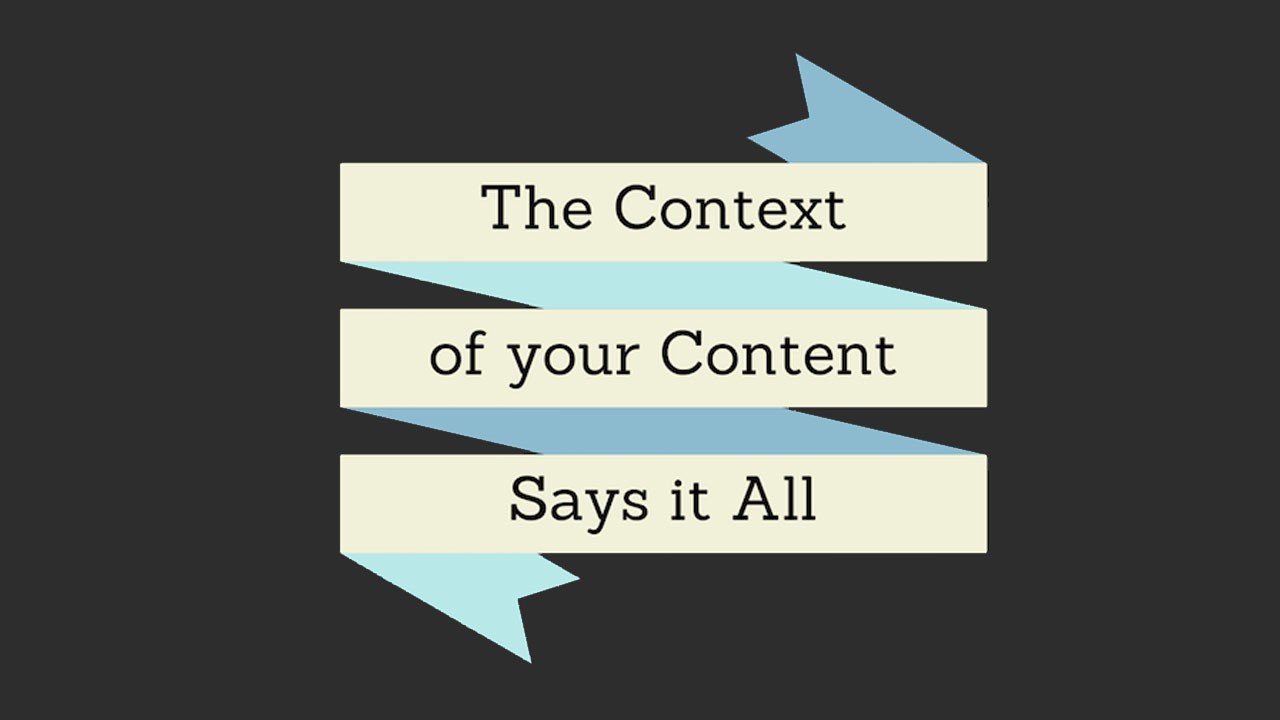Blog
The Context of your Content Says it All
June 11, 2015
Posted by: Maggie Ashworth
When it comes to communicating with clients and businesses, content is imperative and context is key. You see, your content creates the context in which your client views you; therefore the value of captivating content is inestimable.
However, the challenge is that in this day and age we’re all receiving content from every direction. From promoted Facebook posts to online advertisements, content visibility has become easier than ever, so finding something to read, whether it’s a technology article or a new recipe, has essentially become effortless. And while this is great from a convenience perspective, it makes writing (and delivering) content for a customer more challenging than ever.
Readers have the luxury of reading whatever they want, whenever they want—and if they don’t like what you have to say, they can find something better to suit their needs with the simple click of a button. This means that communication is more important than ever.
When Warren Buffet was asked what he would change in business schools, in regard to the students’ education, his answer was communication. Buffett explained that he believes that verbal and written communication skills aren’t taught to students in graduate school because the institutions think that it is “beneath them.” He went on to say, “Your ability to convey your ideas to others will be an enormous determinant to your success. The ability to communicate with an audience is something that will return benefits for the rest of your life.” Buffett concluded this topic by stating that this lack of communication is the source for the great divide between employers and their employees, between online suppliers and buyers, and between people in general.
This goes to show the importance of communication, and how it applies to developing content (in the right context). In order to create valuable content, clear communication with the customer is required to determine their expectations, their needs, and their wants.
At the end of the day, content is only valuable if it is actually being read, and the best way to determine readability is to clearly establish the message that needs to be communicated.
